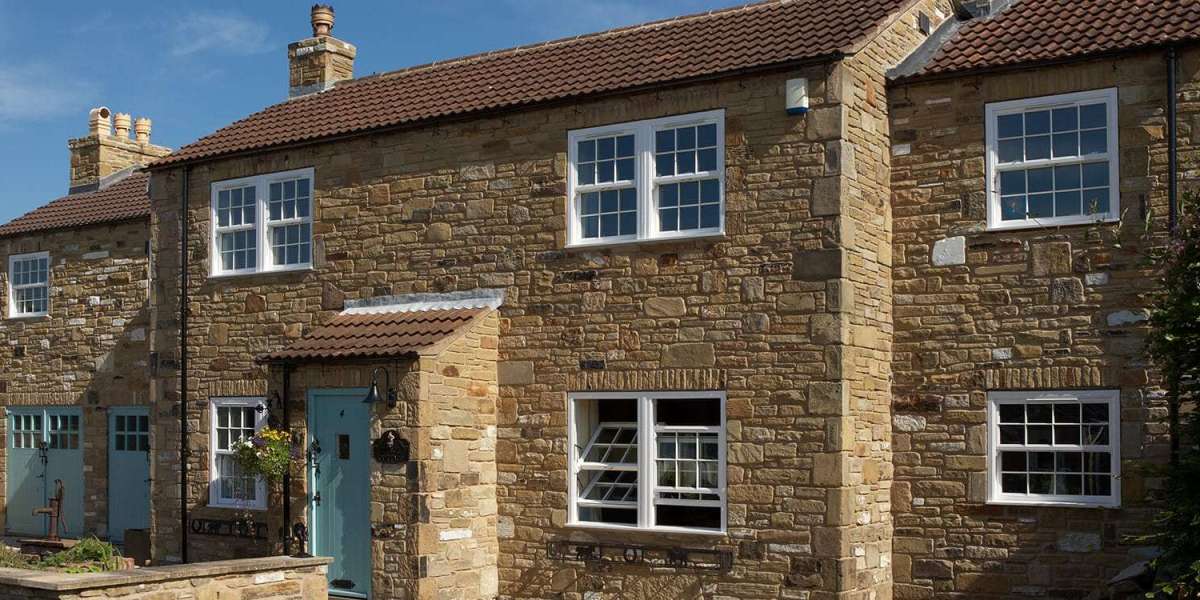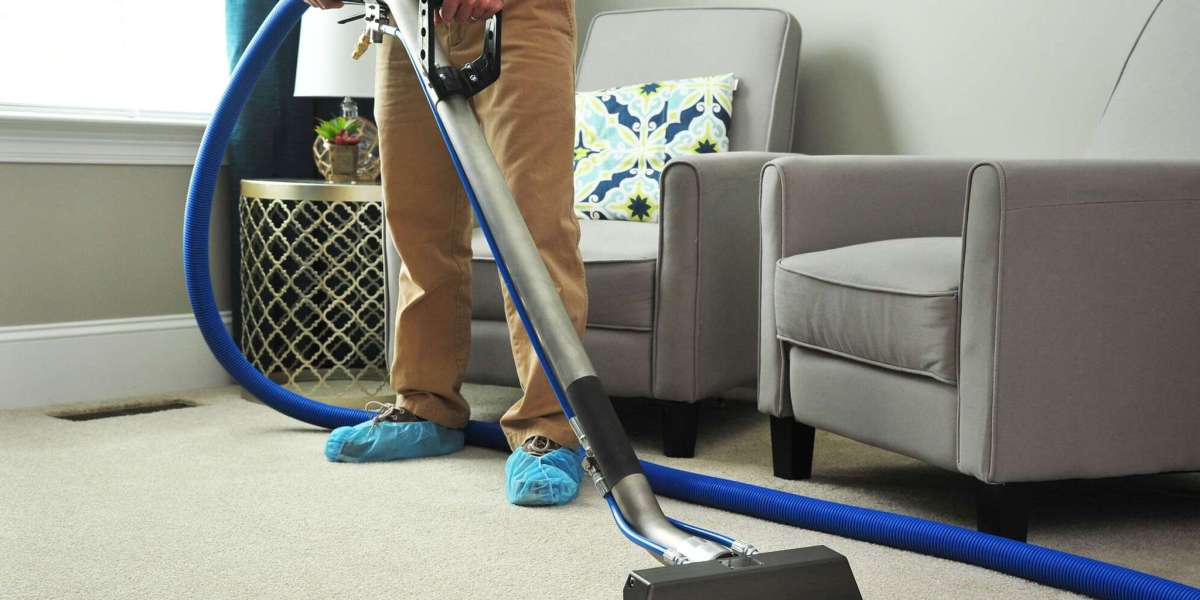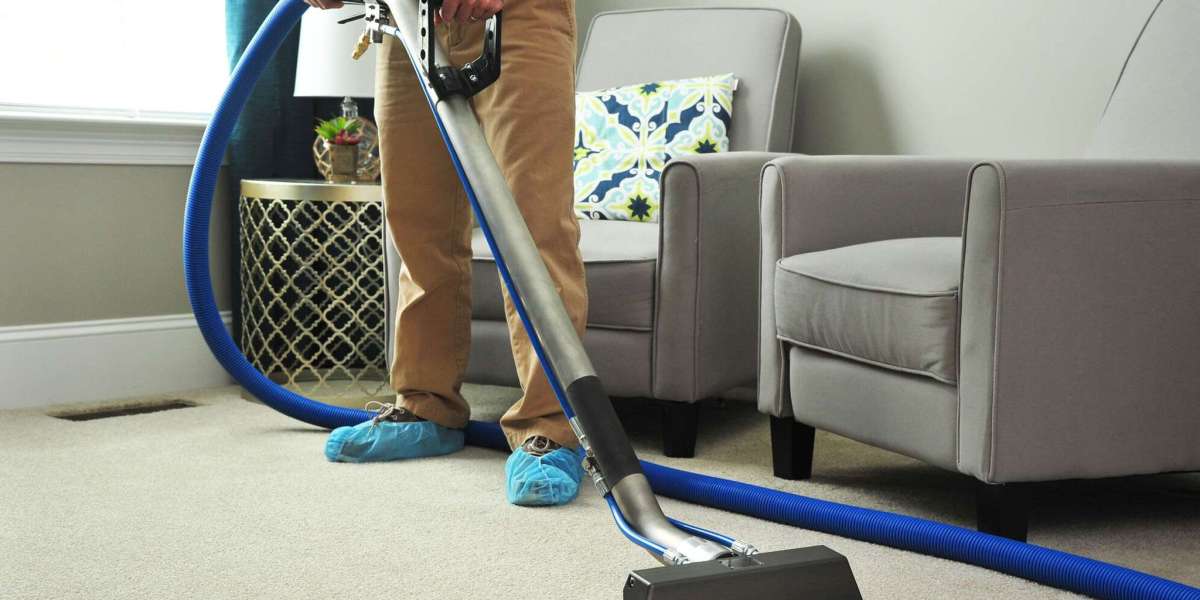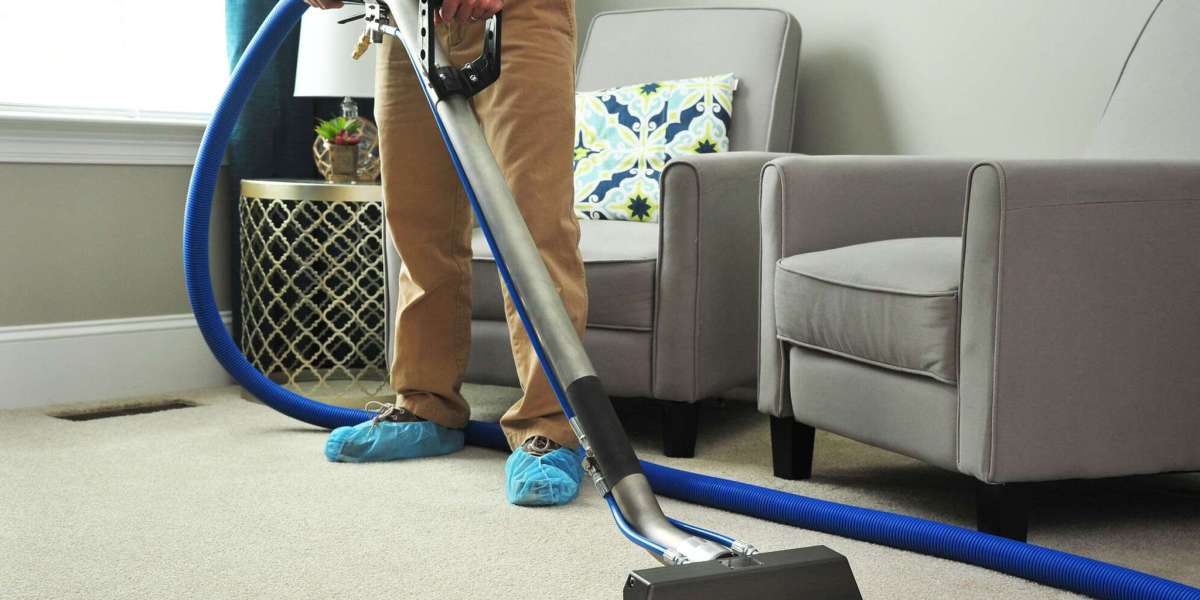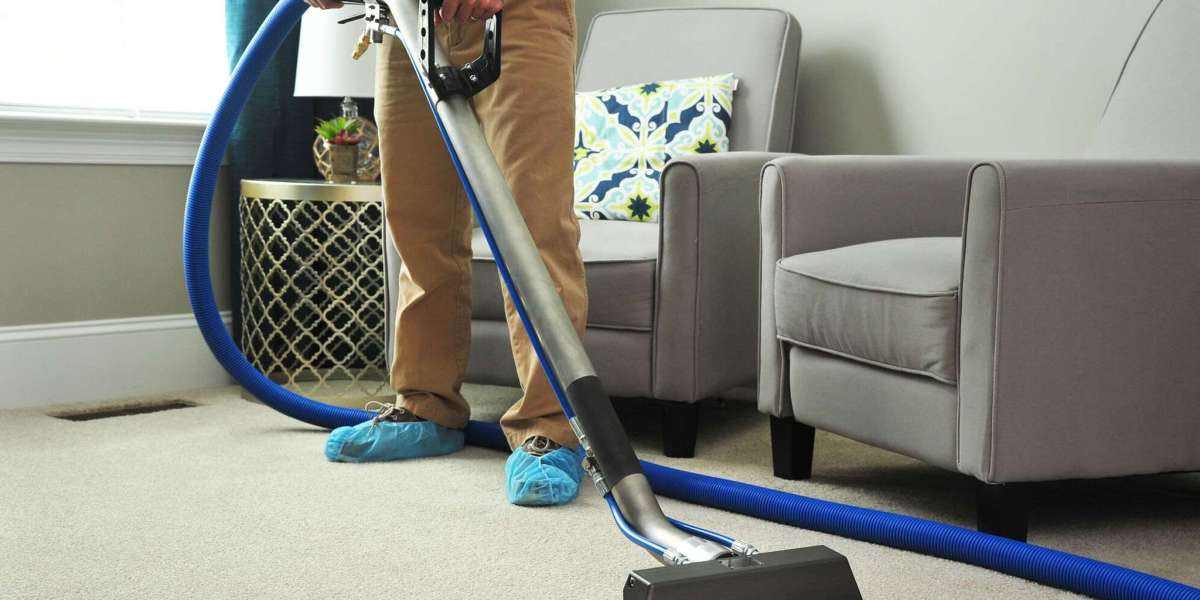Window installation is a crucial aspect of home improvement that can significantly enhance energy efficiency, aesthetics, and overall comfort. Whether you are replacing old windows or installing new ones, understanding the process can help ensure a successful project. This article will guide you through the various types of windows, the installation process, and tips for a successful installation.
Types of Windows
Before diving into the installation process, it is essential to understand the different types of windows available. Each type has its own benefits, and the choice often depends on personal preference, architectural style, and energy efficiency needs.
- Double-Hung Windows: These are the most common type of windows in homes. They feature two sashes that slide vertically, allowing for better ventilation. They are easy to clean and maintain.
- Casement Windows: Hinged on one side, these windows open outward, providing excellent ventilation and unobstructed views. They are often more energy-efficient than double-hung windows due to their tight seal when closed.
- Sliding Windows: These windows have one or more sashes that slide horizontally. They are easy to operate and are ideal for wide openings.
- Awning Windows: Hinged at the top and open outward, awning windows are great for ventilation while keeping rain out. They are often used in combination with other window types.
- Picture Windows: These are large, fixed windows that do not open. They are designed to provide unobstructed views and are often used in living rooms or as focal points in a home.
- Bay and Bow Windows: These windows project outward from the home, creating a small alcove inside. They provide a unique aesthetic and can enhance natural light.
Preparing for Window Installation
Preparation is key to a successful window installation. Here are the steps to take before starting the installation process:
- Measure the Opening: Accurate measurements of the window opening are crucial. Measure the width and height at three different points (top, middle, and bottom) to ensure a proper fit.
- Choose the Right Windows: Select windows that match your style and energy efficiency needs. Look for windows with good insulation ratings, as these can help reduce energy costs.
- Gather Tools and Materials: Common tools needed for installation include a tape measure, level, utility knife, screwdriver, drill, caulk gun, and safety glasses. Ensure you have all necessary materials, such as flashing tape, insulation, and caulk.
- Check Local Building Codes: Before beginning the installation, check local building codes and regulations. Some areas may require permits for Window Installation Ideal Glass installation.
The Installation Process
Once you have prepared adequately, it's time to begin the installation process. Follow these steps for a successful window installation:
- Remove the Old Window: If you are replacing an existing window, start by removing the old window. Carefully cut the caulk around the window frame using a utility knife. Remove any trim or molding and gently pry the window out of the opening.
- Inspect the Opening: Once the old window is removed, inspect the opening for any damage. Look for rot, mold, or other issues that may need to be addressed before installing the new window.
- Install the New Window: Place the new window into the opening. Ensure it is centered and level. Use shims to adjust the height and level of the window as needed. Once the window is level, secure it in place using screws or nails.
- Insulate and Seal: After securing the window, it is essential to insulate and seal around the frame. Use insulation foam or fiberglass to fill any gaps between the window and the frame. Apply flashing tape around the exterior to prevent water infiltration.
- Caulk the Edges: Once the insulation is in place, apply a bead of caulk around the edges of the window to provide a weather-tight seal. This step is crucial for preventing air leaks and moisture intrusion.
- Replace Trim and Molding: After the caulking has dried, replace any trim or molding that was removed during the installation process. This will give the window a finished appearance.
- Clean Up: Finally, clean the area around the window and remove any debris. Ensure that the window is functioning correctly by opening and closing it several times.
Post-Installation Care
After the installation is complete, it is essential to take care of your new windows to ensure longevity and performance:
- Regular Cleaning: Clean the windows regularly to maintain their appearance and functionality. Use a mild detergent and a soft cloth to avoid scratching the glass.
- Inspect Seals and Caulking: Periodically check the seals and caulking around the windows for any signs of wear or damage. Reapply caulk as necessary to maintain a weather-tight seal.
- Monitor for Drafts: Pay attention to any drafts or temperature fluctuations around the windows. If you notice any issues, it may indicate a problem with the installation or seals.
- Schedule Professional Inspections: Consider having a professional inspect your windows every few years to ensure they are in good condition and functioning properly.
Conclusion
Window installation is a significant investment that can enhance the comfort, energy efficiency, and aesthetic appeal of your home. By understanding the types of windows available, preparing adequately, and following the proper installation steps, you can ensure a successful project. Regular maintenance and care will help keep your windows in excellent condition for years to come. Whether you choose to tackle the installation yourself or hire a professional, being informed will help you make the best decisions for your home.
